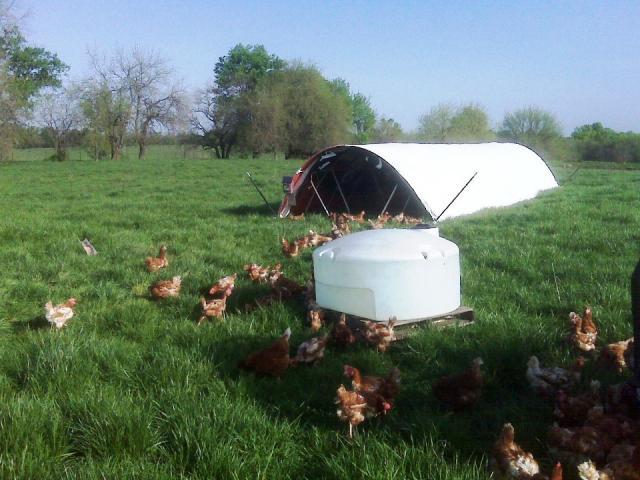Would anyone be interested in a comparison of foraging abilities among the difference breeds of chickens? And feed efficiency, too.
I think the feed efficiency of each breed would be very interesting, especially as feed and grain prices have risen sharply. I'd like to avoid going into the grain prices per se, and focus on understanding which breeds utilize their feed better.
Both faraging ability and feed effeciency are factors in reducing overall feed costs, and there are several other factors, which I'm sure someone will chime in on and share.
This is sure to be a very boisterous thread with plenty of opinions from all who want to share! Love to hear from everyone!
I think the feed efficiency of each breed would be very interesting, especially as feed and grain prices have risen sharply. I'd like to avoid going into the grain prices per se, and focus on understanding which breeds utilize their feed better.
Both faraging ability and feed effeciency are factors in reducing overall feed costs, and there are several other factors, which I'm sure someone will chime in on and share.
This is sure to be a very boisterous thread with plenty of opinions from all who want to share! Love to hear from everyone!






